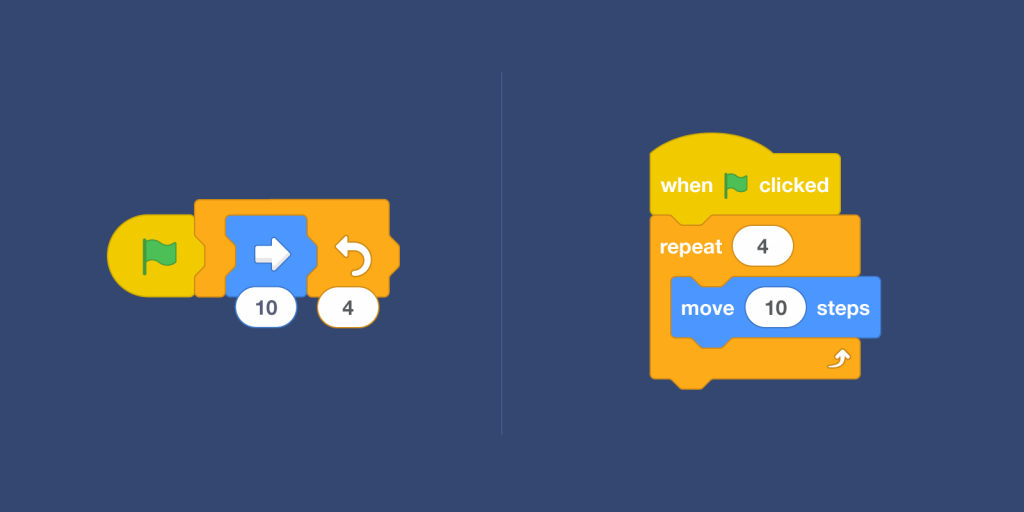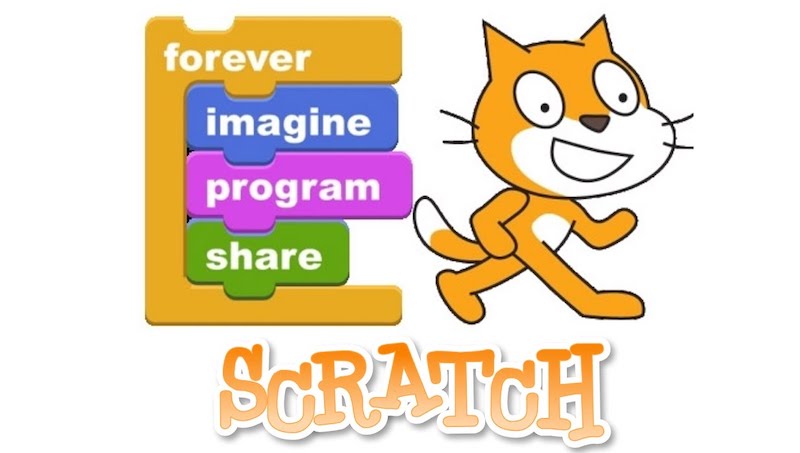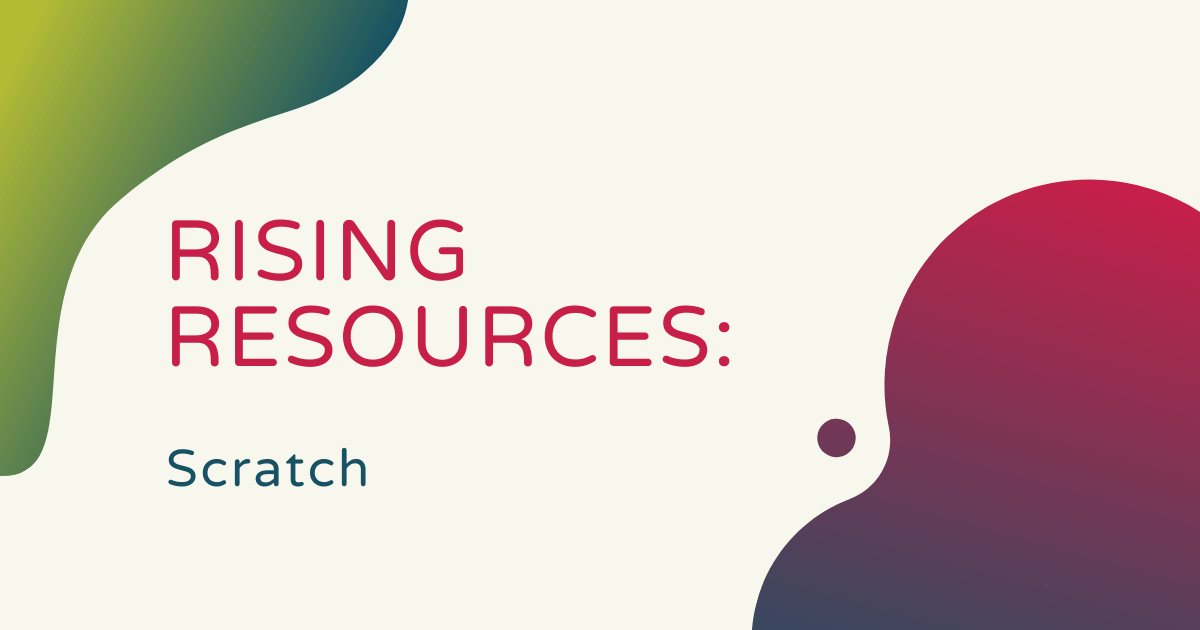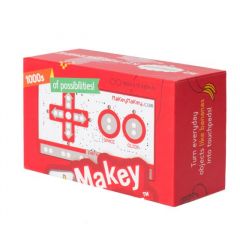Though it's been around for a while, Scratch remains an extremely reliable coding platform that teachers can use to introduce elementary students to programming concepts and meet them where they are. It's a super strong beginner-level coding language with tons of functionality and it was built around graphical coding to serve as a great introductory classroom option for K-8 students. It first appeared in 2013 when scientists at the MIT Media Lab in Cambridge, MA released it to the public. Since that time, with Scratch, students can create interactive stories, engaging games, and incredible animations.
Scratch is free and allows students to create programs for controlling the actions of the on-screen mascot, Scratch the Cat. The programming blocks they have to work with include motion, sensing, sound, events, pan, data, control, looks, operators, and others. Blocks in these categories also have various specifications within them, including move, turn, point in a direction, and more. This allows your students to utilize tons of different block combinations to create a project that’s extremely unique, though anyone within the Scratch community can also "remix" any Scratch project at anytime.
Coding and robotics for elementary students.
Scratch is completely drag and drop, so students can easily add blocks to their program, making it one of the best coding languages to learn. They could create their own projects, model existing ones, or, as we mentioned, remix projects from the Scratch community. Kids could also use Scratch online or download it onto their computer to access its offline editing option, which you'll see under the ‘Support’ footer on the homepage. To run Scratch, students need a Windows, Mac, ChromeOS, or Linux computer with a recent browser and Adobe Flash update.

To begin coding, students can simply drag the blocks from the columns over to the programming field on the right. They need to start out with an ‘event’ block so that the program is told to begin. In most Scratch programs, the program begins when the green flag button is clicked. After that, the cat may move, speak, or turn while adhering to the values students input. They can also customize those values within the code blocks by double clicking on them and typing a different value.
How to introduce coding with Scratch.
Students can create a Scratch account if they want to share their work but this account isn't necessary for coding. They can still write programs and save their work but just can't share projects without setting up an account. Once they start coding, students can use Scratch in many different subjects, like math, computer science, ELA, history, and more. There's also the ScratchEd community, which allows educators to access classroom resources and discuss STEM topics with each other.

Even though students can do a lot with Scratch, it also works well for introducing coding when they're as young as eight years old. On the other end of the spectrum, kids can keep using the more complex side of Scratch through high school. There is also a more simplified version of Scratch known as ScratchJr, which is for students aged 5-7. With this platform, they can begin exploring the Scratch coding environment and beginner programming concepts in general.
STEM tools for Scratch robot programming.
On the traditional Scratch site, educators can also create a teacher account for greater access to Scratch and extra features. Among these features is the ability to manage student participation on Scratch, create student accounts quickly and easily, organize students' projects into studios, and monitor any comments that students post. To request an account, teachers can visit the Scratch Educators Page.
With Scratch, learning coding skills is easy thanks to their starter projects and engaging features for kids to explore. Once fully comfortable with programming their online cat, students can progress to using Scratch with other tools, like the Makey Makey, Marty Robot, Tello EDU Drone, and the Edison Robot. You can grab each of these tools from our store and use your Educator Discount to save when shopping with us. To learn more about Scratch, visit their website and check out some amazing projects that students and teachers create. Follow us on Twitter and Instagram for more.




